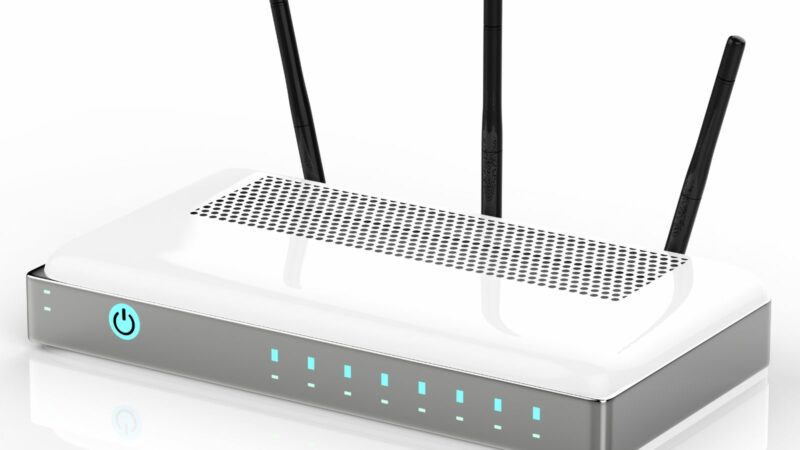Have you ever wondered about the LAN port on your router and its crucial role in your home network setup? In this article, I’ll delve into the significance of this often-overlooked component and how it impacts your internet connectivity.
The LAN port, short for Local Area Network port, serves as the gateway for wired devices to connect to your router, enabling seamless communication within your network. Understanding how to optimize this connection can enhance your online experience and boost network performance.
Lan Port on Router

Exploring the LAN port on your router is crucial for enhancing your home network setup. Not only does the LAN port function as the entry point for wired devices to link with the router, but it also serves as the main channel for communication within your network. Prioritizing the optimization of this connection can lead to significant improvements in both internet connectivity and overall network performance.
When it comes to streamlining your networking experience, delving into the capabilities of the LAN port is paramount. By fine-tuning the settings associated with this port, users can unlock a host of benefits that contribute to a more seamless and efficient network operation.
Incorporating best practices for managing the LAN port on your router is essential for maximizing the potential of your home network. By implementing appropriate configurations and ensuring optimal utilization of the LAN port, users can experience enhanced network stability, faster data transfer speeds, and improved connectivity across all linked devices.
Different Types of LAN Ports
Exploring LAN ports further, there are primarily two common types found on routers: Fast Ethernet (10/100) and Gigabit Ethernet (10/100/1000). I’ll explain each type briefly to help you understand their differences.
- Fast Ethernet (10/100): Fast Ethernet LAN ports support maximum theoretical speeds of 100 Mbps. These ports are suitable for basic internet usage, such as browsing, email, and standard-definition video streaming. If you have multiple devices that don’t require high bandwidth, Fast Ethernet ports can suffice for your networking needs.
- Gigabit Ethernet (10/100/1000): Gigabit Ethernet LAN ports offer significantly higher speeds compared to Fast Ethernet, supporting up to 1000 Mbps (1 Gbps). These ports are ideal for demanding tasks like online gaming, high-definition video streaming, large file transfers, and network backups. If you have multiple devices that require fast data transfer rates or if you’re looking to future-proof your network, Gigabit Ethernet ports are the optimal choice.

Understanding the differences between Fast Ethernet and Gigabit Ethernet LAN ports can help you select the most suitable option based on your networking requirements. By leveraging the appropriate LAN port type, you can optimize your network’s performance and ensure seamless connectivity for all your devices.
Importance of LAN Port on a Router
Exploring the significance of the LAN port on a router is crucial for optimizing network performance and ensuring seamless connectivity for all devices.
When setting up a home network, the LAN port serves as the primary gateway for wired devices to connect to the router. It plays a vital role in facilitating communication between devices within the network, offering stability and high-speed data transfer capabilities.
Understanding the capabilities of the LAN port is essential for fine-tuning network settings to meet specific requirements. By leveraging the features of the LAN port, I can enhance the efficiency of data transmission and overall network performance.
The different types of LAN ports commonly found on routers, including Fast Ethernet (10/100) and Gigabit Ethernet (10/100/1000), cater to varying needs based on speed requirements. Fast Ethernet, with speeds of up to 100 Mbps, is suitable for basic internet usage and everyday tasks. On the other hand, Gigabit Ethernet, offering speeds up to 1000 Mbps, is ideal for demanding activities like online gaming, HD video streaming, and large file transfers.